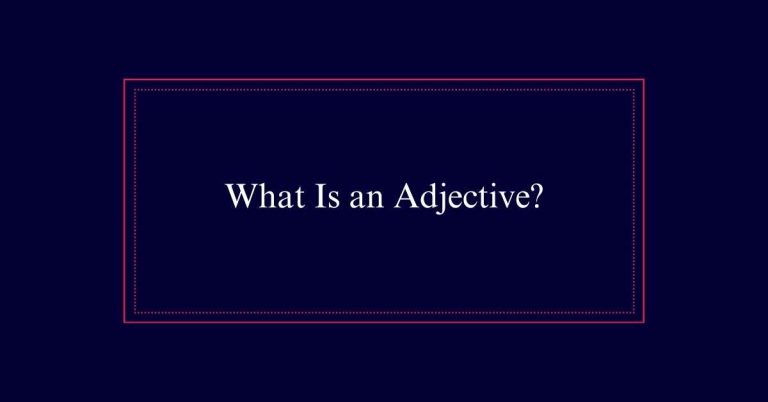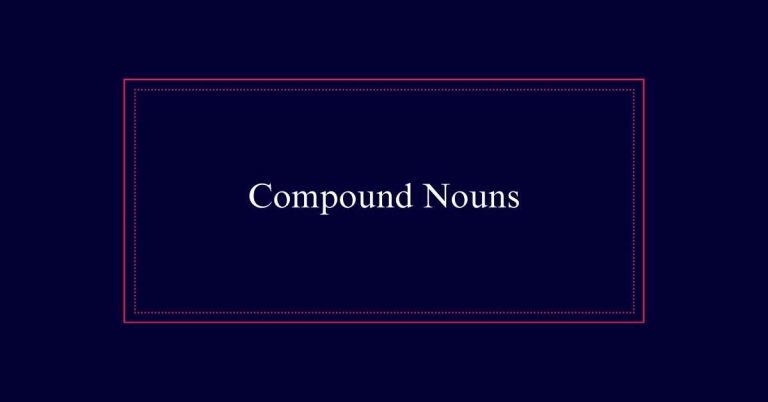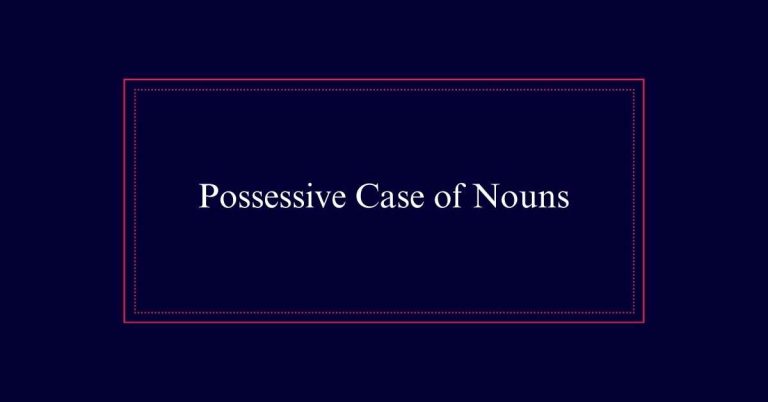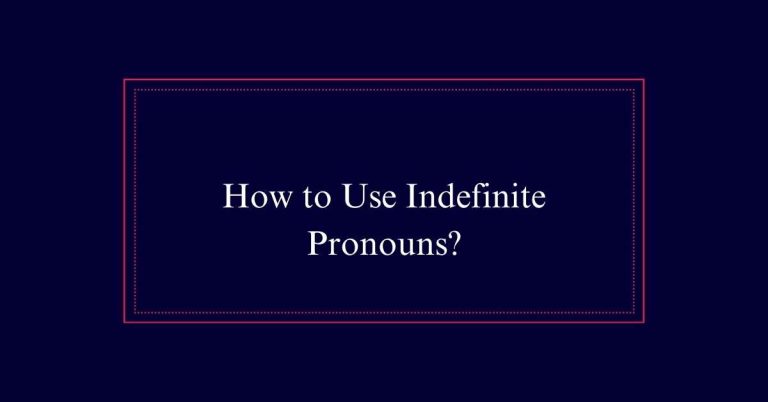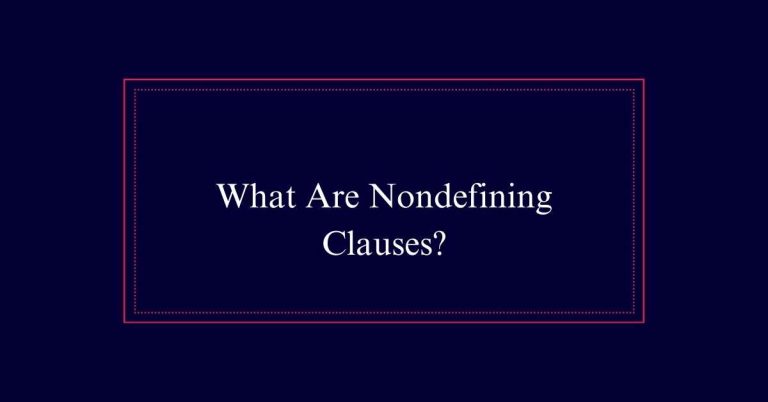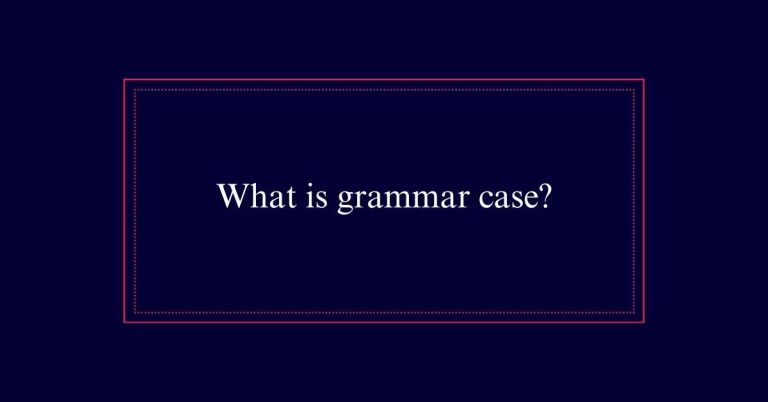What Are Infinitives?
Infinitives are verb forms that act as nouns, adjectives, or adverbs. They are created by adding ‘to’ before the base form of a verb, such as ‘to run’ or ‘to write’. Full infinitives with ‘to’ serve as subjects, objects, or complements. Bare infinitives, without ‘to’, follow modal and certain other verbs.
Infinitives are essential for expressing intentions, goals, and descriptions clearly. Split infinitives place an adverb between ‘to’ and the verb, enhancing clarity and emphasis.
Defining Infinitives
Infinitives, often used to convey actions in a general sense, are verb forms that can function as nouns, adjectives, or adverbs. They are created by adding the word ‘to’ before the base form of a verb, such as ‘to run’ or ‘to eat.’
Infinitives play versatile roles in sentences. As nouns, they can act as subjects or objects. As adjectives, they modify nouns to provide more detail. As adverbs, they describe verbs, adjectives, or other adverbs, showing purpose or reason.
Types of Infinitives
In English grammar, there are two main types of infinitives: full infinitives and bare infinitives.
Full infinitives, also known as to-infinitives, include the word ‘to’ followed by the base form of the verb, such as ‘to run’ or ‘to eat.’ They are versatile and common in writing.
Bare infinitives, on the other hand, are the base form of the verb without ‘to,’ like ‘run’ or ‘eat.’ These are typically used after modal verbs (can, may, must) and certain other verbs like ‘let’ and ‘make.’
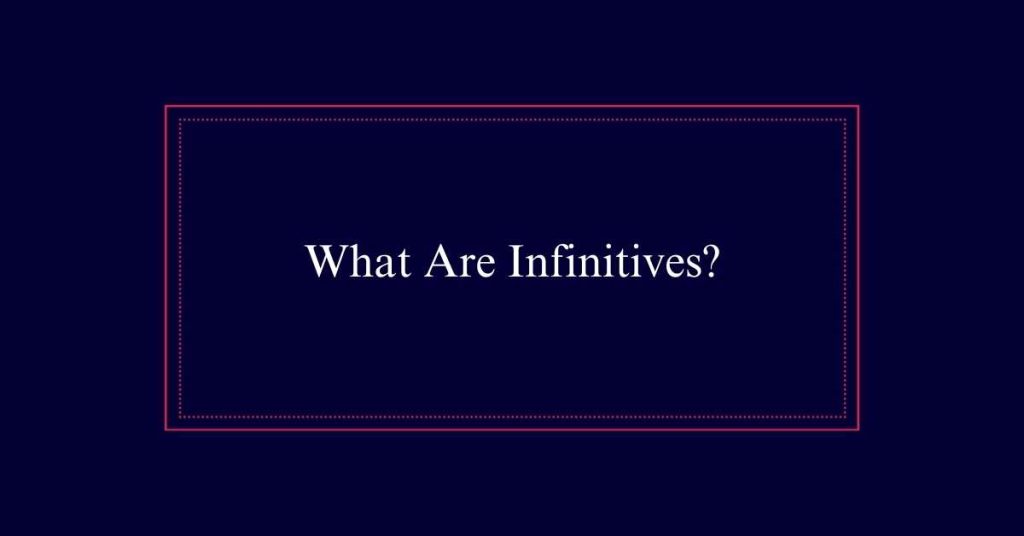
Full Infinitives Explained
Understanding full infinitives is crucial to mastering their various functions in English grammar. A full infinitive consists of the word ‘to’ followed by the base form of a verb, like ‘to run’ or ‘to eat.’
These forms are versatile and can serve multiple roles within a sentence. They can act as subjects, objects, or complements. For example, ‘To read is delightful’ uses a full infinitive as a subject, while ‘She likes to read’ uses it as an object.
Bare Infinitives Explained
Bare infinitives, unlike their full counterparts, do not include the word ‘to’ before the verb. They are often used after modal verbs, perception verbs, and certain causative verbs like ‘let’ and ‘make’. For example, in the sentence “She can swim,” ‘swim’ is a bare infinitive following the modal verb ‘can’.
Here is a table illustrating common uses:
| Context | Example |
|---|---|
| Modal Verbs | She can swim. |
| Perception Verbs | I saw him run. |
| Causative Verbs | They made her cry. |
Split Infinitives
Split infinitives occur when an adverb is placed between ‘to’ and the verb in an infinitive. Though often debated, split infinitives can be used for clarity and emphasis.
Here are four key points to understand:
- Historical Controversy: Traditional grammarians frowned upon split infinitives, deeming them incorrect.
- Modern Acceptance: Contemporary language experts and style guides now accept split infinitives when they enhance readability.
- Clarity and Emphasis: Splitting an infinitive can make the sentence clearer or emphasize a particular part of the action.
- Examples: ‘To boldly go’ (from Star Trek) or ‘to fully understand’ are effective uses of split infinitives.
Passive Infinitives
Passive infinitives occur when the subject of the sentence is the receiver of the action rather than the doer. These infinitives use the structure ‘to be’ followed by a past participle.
For example, in the sentence ‘The book is to be read by the students,’ the book is not performing the action but receiving it. Passive infinitives are useful for focusing on the action itself rather than who performs it. They are often used in formal writing and instructions.
Another example is ‘The project is to be completed by Friday,’ where the emphasis is on the project’s completion.
Continuous Infinitives
Continuous infinitives describe actions that are ongoing and use the structure ‘to be’ followed by a present participle (-ing form). They indicate that an action is in progress at a particular time. For example, ‘He seems to be running’ implies he is running at this moment.
Continuous infinitives are useful in various contexts, such as:
- Expressing ongoing actions: ‘She appears to be studying.’
- Indicating future plans: ‘They are expected to be arriving soon.’
- Conveying simultaneous actions: ‘He pretended to be reading while listening.’
- Describing states: ‘She is known to be working hard.’
Using Full Infinitives
Using full infinitives effectively enhances sentence clarity and variety.
A full infinitive consists of the word ‘to’ followed by the base form of a verb. They are used to express purpose, for example, ‘to learn’ as in ‘I study hard to learn.’
Full infinitives also modify nouns, such as in ‘a book to read.’ They can act as subjects, like in ‘To travel is exciting.’
Additionally, full infinitives often follow adjectives, as in ‘happy to help.’ They are introduced by relative pronouns and used with ‘too’ and ‘enough’ to explain reasons, for example, ‘too tired to continue.’
Using Bare Infinitives
Bare infinitives, which are the base form of verbs without ‘to,’ are commonly used after modal verbs and certain other structures. They serve specific grammatical functions and are employed in various contexts.
Here are some key uses:
Modal Verbs: After modals like can, could, may, might, must, shall, should, will, and would.
- Example: ‘She can swim.’
Perception Verbs: With verbs of perception such as see, hear, feel.
- Example: ‘I saw him leave.’
Causative Verbs: Following verbs like let and make.
- Example: ‘They made him apologize.’
Why Not Questions: In constructions starting with ‘why not.’
- Example: ‘Why not go now?’
Infinitives Vs. Gerunds
Infinitives and gerunds both function as nouns, but they differ in form and usage. Infinitives are the base form of a verb, often preceded by ‘to’ (e.g., to run, to eat). Gerunds are verbs ending in -ing that act as nouns (e.g., running, eating).
Infinitives express purpose or intention and often follow certain verbs, adjectives, or nouns. Gerunds, on the other hand, are used after prepositions and certain verbs. For instance, ‘I enjoy swimming’ uses a gerund, while ‘I want to swim’ uses an infinitive.
Some verbs can be followed by either a gerund or an infinitive, but the meaning may change (e.g., ‘stop smoking’ vs. ‘stop to smoke’).

